Living in an apartment doesn’t mean you have to give up the dream of owning a dog. While some breeds need space to run and play, many others thrive in smaller living environments. The key is to choose a breed that matches your lifestyle, energy level, and commitment to care. With the right approach, dogs of various sizes and temperaments can live happily in apartments.
In this article, we’ll explore the top 10 dog breeds that are best suited for apartment living, along with detailed care tips to help you provide a healthy and enriching life for your canine companion.
1. French Bulldog
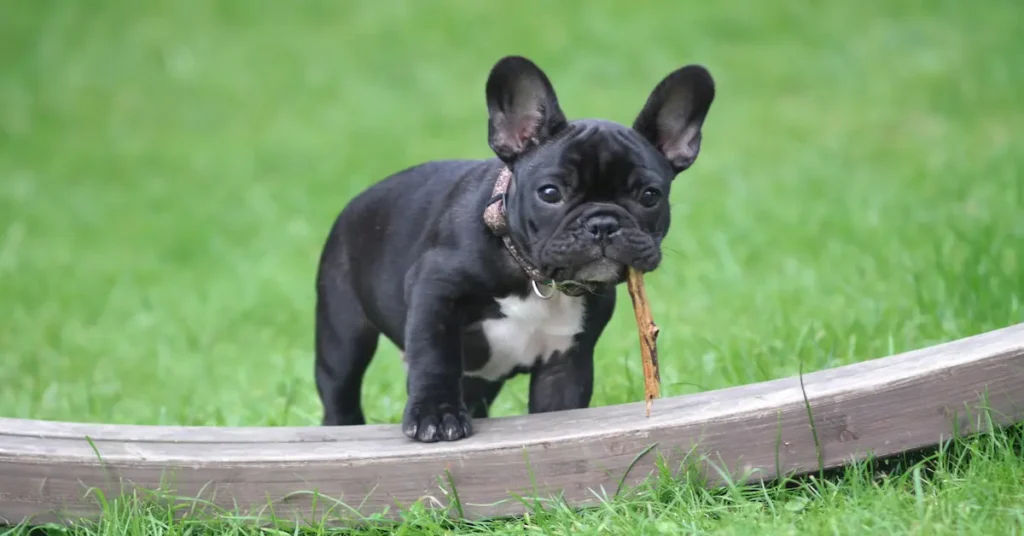
Why they’re ideal:
French Bulldogs are compact, quiet, and very affectionate. Their small size and calm demeanor make them perfect for city apartments. They don’t require much exercise and rarely bark, which is a huge benefit in close-living quarters.
Care tips:
- Avoid heavy exercise in warm weather; they are brachycephalic and prone to overheating.
- Clean their skin folds regularly to prevent infections.
- Feed them a high-quality diet to maintain healthy weight.
2. Cavalier King Charles Spaniel
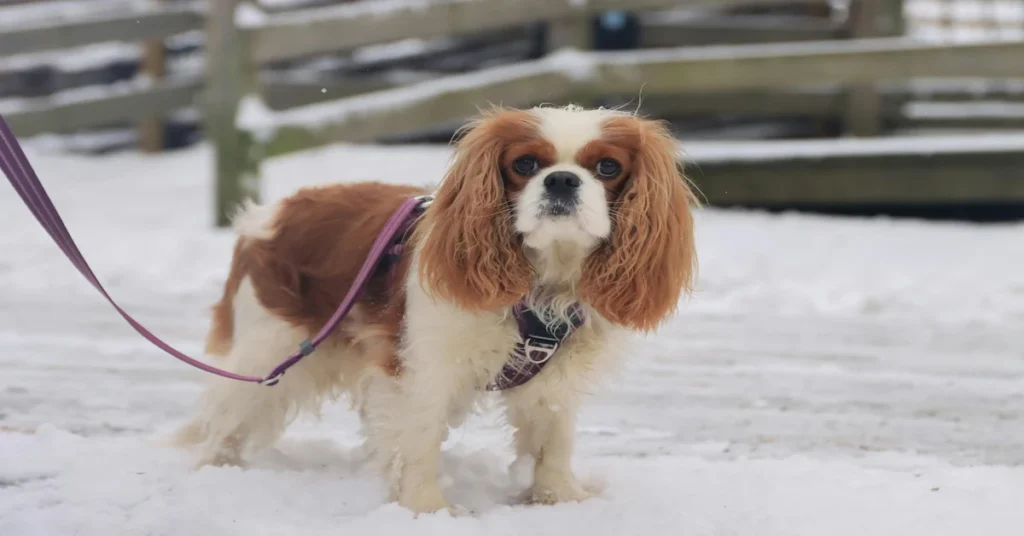
Why they’re ideal:
This gentle and affectionate breed adjusts well to apartment life. They’re sociable, quiet, and very attached to their humans. Their small size and adaptable personality make them a great choice for singles, families, or elderly owners.
Care tips:
- Brush their silky coat 3–4 times per week.
- Provide moderate daily exercise and play sessions.
- Regular ear cleaning is essential due to their floppy ears.
3. Pug
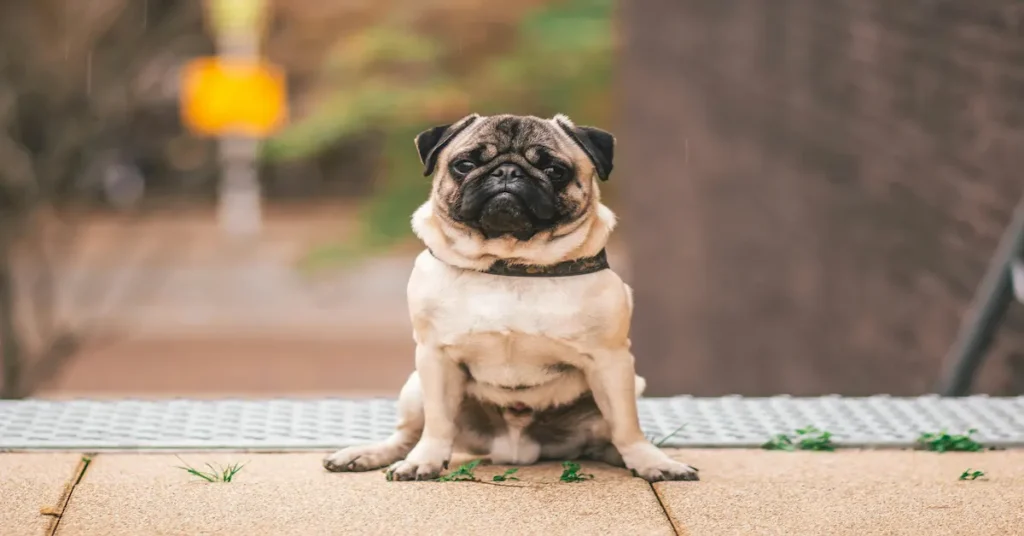
Why they’re ideal:
Pugs are low-maintenance, affectionate dogs who are happiest by your side. They love lounging indoors and adapt well to apartment settings thanks to their small size and moderate energy.
Care tips:
- Keep their weight in check; they are prone to obesity.
- Use a harness instead of a collar due to their short nose structure.
- Avoid exposure to extreme heat and humidity.
4. Shih Tzu
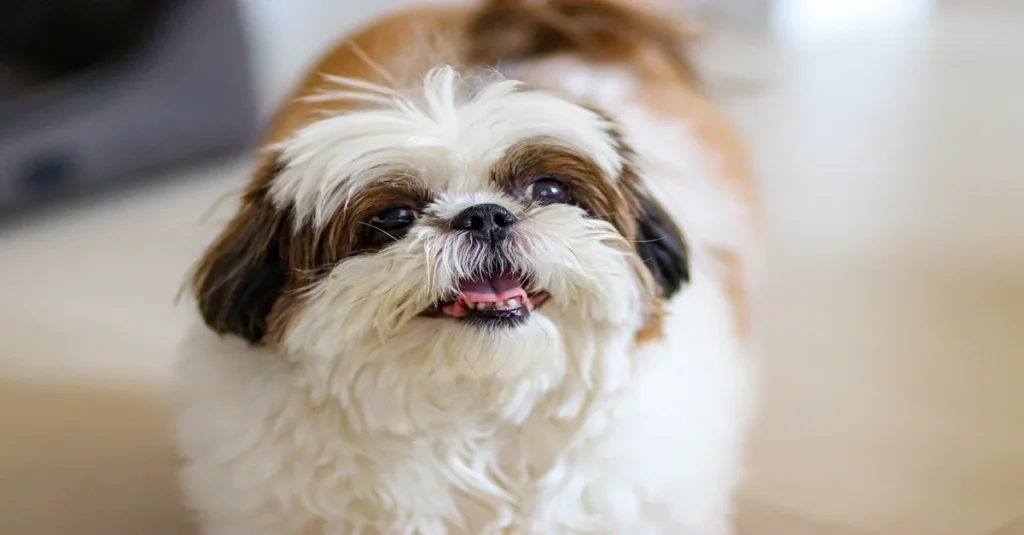
Why they’re ideal:
Originally bred as palace companions, Shih Tzus are content being indoors. They’re affectionate, loyal, and less reactive to noises, which is great for apartment dwellers.
Care tips:
- Groom them daily to prevent matting.
- Schedule regular grooming appointments.
- Keep eyes clean and free from tear stains.
5. Chihuahua

Why they’re ideal:
The tiny but confident Chihuahua is a perfect match for apartments. They are independent, low-shedding, and require very little space to be happy.
Care tips:
- Socialize them early to reduce territorial behavior and barking.
- Provide warm bedding; they are sensitive to cold temperatures.
- Supervise around small children to prevent accidental injuries.
6. Boston Terrier
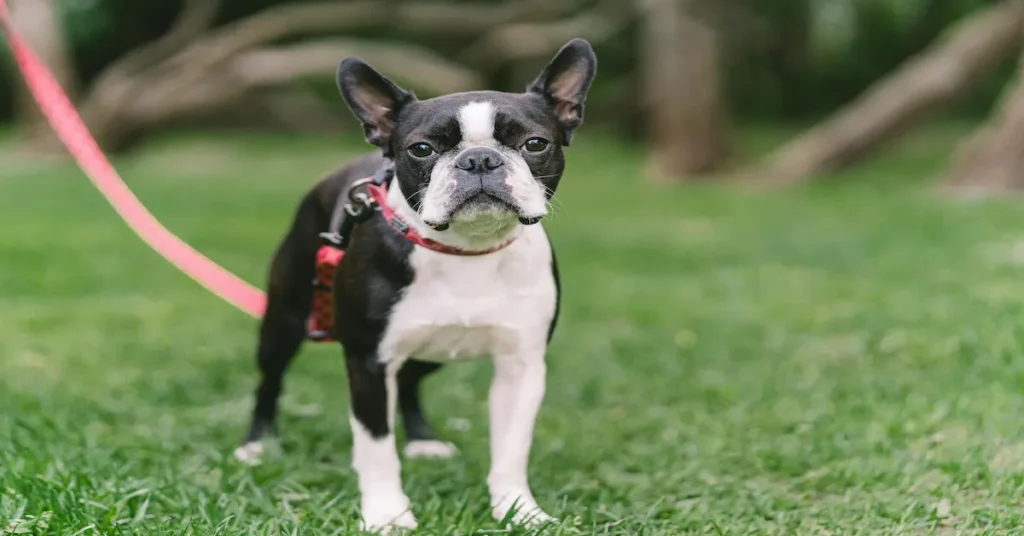
Why they’re ideal:
Boston Terriers are intelligent, clean, and affectionate. They’re compact, friendly with neighbors and pets, and generally quiet, making them excellent apartment dogs.
Care tips:
- Short walks and indoor play keep them fit.
- Monitor their breathing during activity; they’re prone to overheating.
- Brush their coat weekly and clean their face folds.
7. Maltese
Why they’re ideal:
Maltese dogs are gentle, loving, and enjoy indoor environments. Their hypoallergenic coat and sweet disposition make them perfect for small homes and allergy-prone owners.
Care tips:
- Brush daily and maintain a regular grooming routine.
- Monitor for dental issues; brush teeth regularly.
- They enjoy short indoor play sessions and cuddles.
8. Bichon Frise
Why they’re ideal:
Bichons are playful, adaptable, and hypoallergenic. Their happy nature and small size make them well-suited for apartment life, especially for families or retirees.
Care tips:
- Schedule professional grooming every 4–6 weeks.
- Daily brushing helps reduce mats.
- Give them interactive toys to prevent boredom.
9. Dachshund
Why they’re ideal:
Dachshunds are loyal, clever, and happy in compact spaces. They enjoy being close to their people and don’t need large yards to be satisfied.
Care tips:
- Avoid stairs and jumping to protect their long back.
- Provide low-impact exercise daily.
- Keep them mentally engaged with scent-based games.
10. Yorkshire Terrier
Why they’re ideal:
Yorkies are small in size but big in personality. They’re active indoors and love being pampered. While they can be vocal, proper training helps minimize barking.
Care tips:
- Keep their coat trimmed or brush daily to prevent tangles.
- Use training sessions to curb excessive barking.
- Offer puzzle feeders to keep their minds stimulated.
Essential Care Tips for Apartment Dogs
Exercise Needs
Regardless of breed, every dog needs some level of daily activity. Small breeds often require short walks, indoor fetch, or play with toys. Exercise reduces anxiety and prevents destructive behavior.
Noise Management
Soundproofing your apartment or using white noise machines can help reduce barking triggers. Training your dog to be calm during external noises also improves neighbor relations.
House Training
Puppy pads, litter boxes (for small breeds), or designated potty areas can help with cleanliness. Consistent training and a feeding/potty schedule are essential for success.
Crate Training
Crates offer a safe space when you’re away and help reduce separation anxiety. Choose a crate size that allows the dog to stand, turn, and lie down comfortably.
Mental Stimulation
Apartment dogs benefit from puzzles, treat-dispensing toys, and obedience training. Boredom can lead to barking or chewing behaviors, so variety is key.
Vet Visits and Preventive Care
Even if they live mostly indoors, apartment dogs still need vaccines, flea/tick prevention, and dental care. Regular vet visits ensure long-term health.
Choosing the Right Breed
When selecting a dog for your apartment, consider:
- Size: Smaller breeds are usually easier to manage in limited space.
- Energy Level: Low to moderate energy dogs are a better fit for apartment dwellers.
- Noise Sensitivity: Some dogs bark less and are more tolerant of building noises.
- Grooming Needs: Long-haired or hypoallergenic breeds require regular grooming but may be ideal for those with allergies.
Conclusion
Apartment living doesn’t limit your ability to be a responsible and loving dog owner. With the right breed selection and commitment to proper care, your dog can thrive in a compact space. The breeds listed here are not only well-suited for small homes but also offer companionship, affection, and loyalty that fits perfectly into modern city life.
Choose wisely based on your lifestyle and prepare to give your pet the environment, attention, and care they need to be healthy and happy no matter how many square feet you live in For more expert advice on dog breeds that thrive in apartments, visit the American Kennel Club’s official guide to apartment-friendly dogs.
Frequently Asked Questions (FAQs)
1. What are the best dog breeds for apartment living?
The best dog breeds for apartment living include French Bulldogs, Cavalier King Charles Spaniels, Pugs, Shih Tzus, and Chihuahuas. These breeds are known for their small size, low energy levels, and quiet nature, making them well-suited for compact living spaces.
2. Are big dogs suitable for apartment living?
Yes, some large breeds like Greyhounds and Great Danes can adapt to apartment living due to their calm demeanor and low activity indoors. However, most large dogs require more space and daily exercise, so choosing a breed with low indoor energy is essential.
3. How much exercise do apartment dogs need?
Even small apartment dogs need at least 30 minutes of physical activity daily. This can include short walks, indoor play, or training sessions. Without proper exercise, dogs may develop behavioral problems like barking, chewing, or anxiety.
4. Are certain dog breeds more quiet and neighbor-friendly?
Yes. Breeds like French Bulldogs, Shih Tzus, and Maltese are generally less vocal and less reactive to external noises, making them ideal for apartment dwellers concerned about neighbor complaints.
5. What grooming requirements do apartment dogs have?
Grooming needs vary by breed. Long-haired dogs like Shih Tzus or Maltese require daily brushing and regular trimming. Short-haired breeds like Boston Terriers need minimal grooming but still benefit from weekly brushing and occasional baths.
6. Can dogs be left alone in an apartment during the day?
Yes, but only if properly trained. Dogs left alone for long hours need access to water, toys, and a safe space. Crate training and scheduled walks before and after work can help. Breeds with low separation anxiety are better suited for being left alone.
7. Do apartment dogs need special training?
Yes. Apartment dogs benefit from housebreaking, crate training, and socialization to prevent barking at noises or strangers. Teaching quiet commands and structured routines also helps minimize disruptive behavior.
8. What should I consider before getting a dog in an apartment?
Before bringing a dog into an apartment, consider your building’s pet policy, noise sensitivity, daily schedule, and your ability to meet grooming, exercise, and veterinary needs. Choosing the right breed based on your lifestyle is crucial.
9. How do I keep my apartment clean with a dog?
Use washable bedding, vacuum regularly, and groom your dog frequently to reduce shedding. Use enzymatic cleaners for accidents, and place mats under food and water bowls to avoid spills.
10. Where can I find more information on apartment-friendly dog breeds?
You can explore trusted breed guides from reliable sources like the American Kennel Club’s official website, which offers detailed profiles and care tips for each breed.